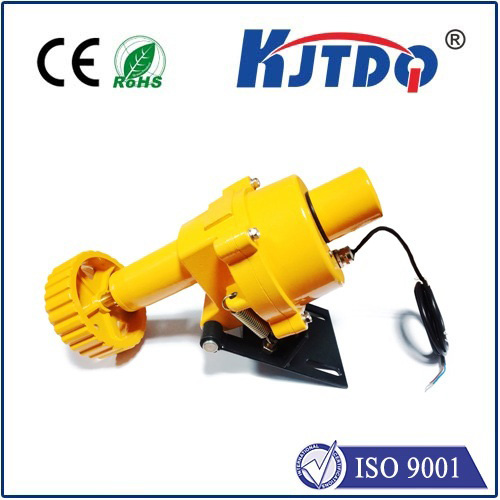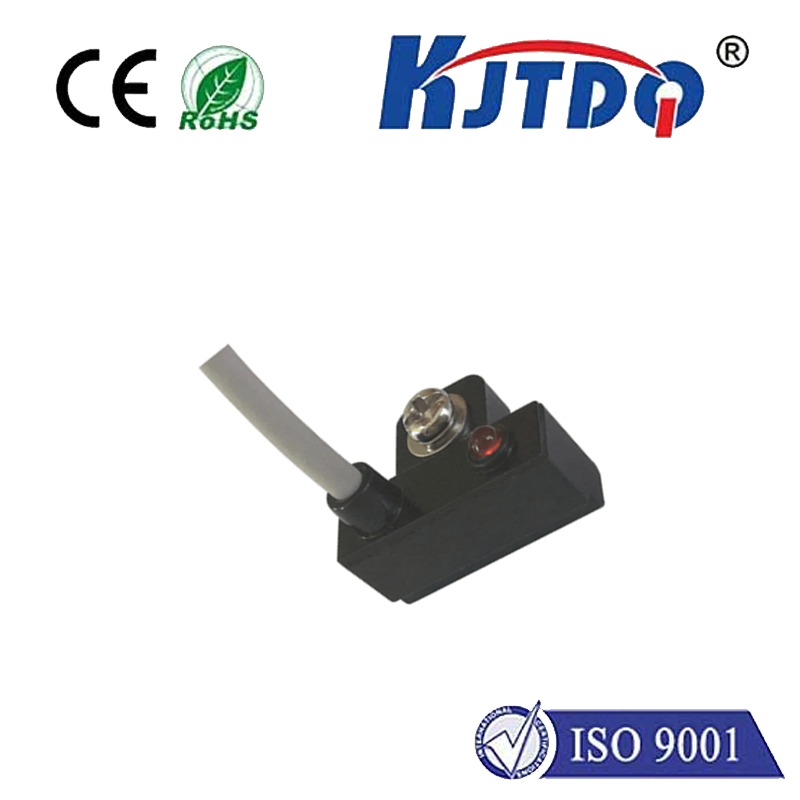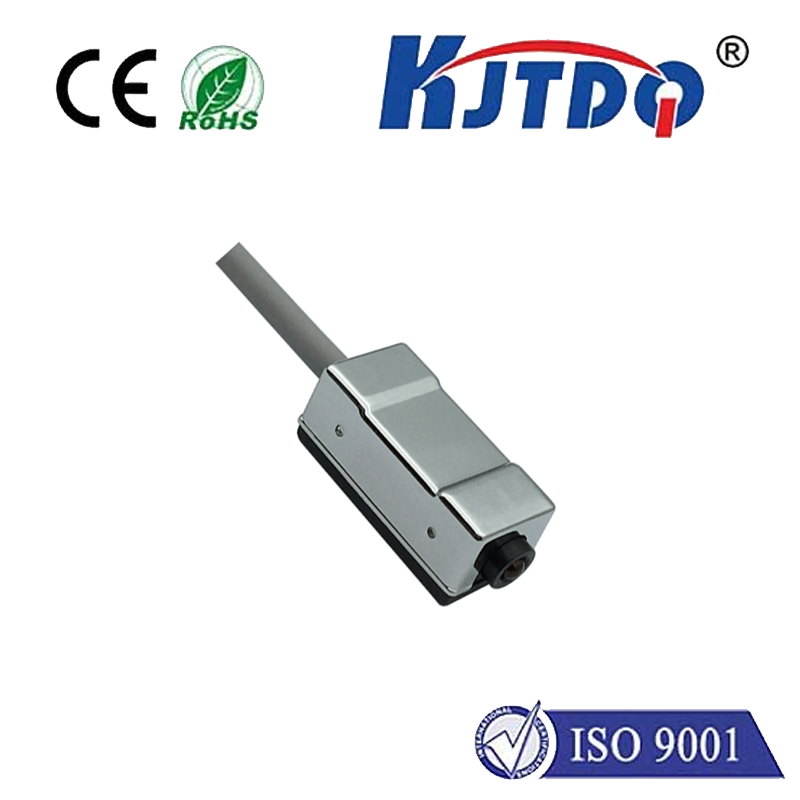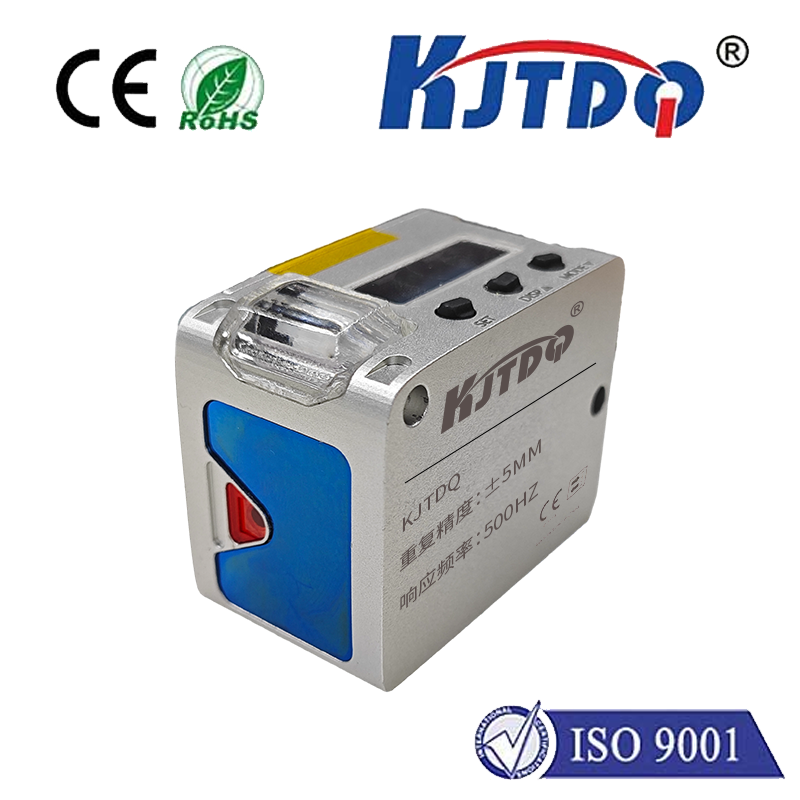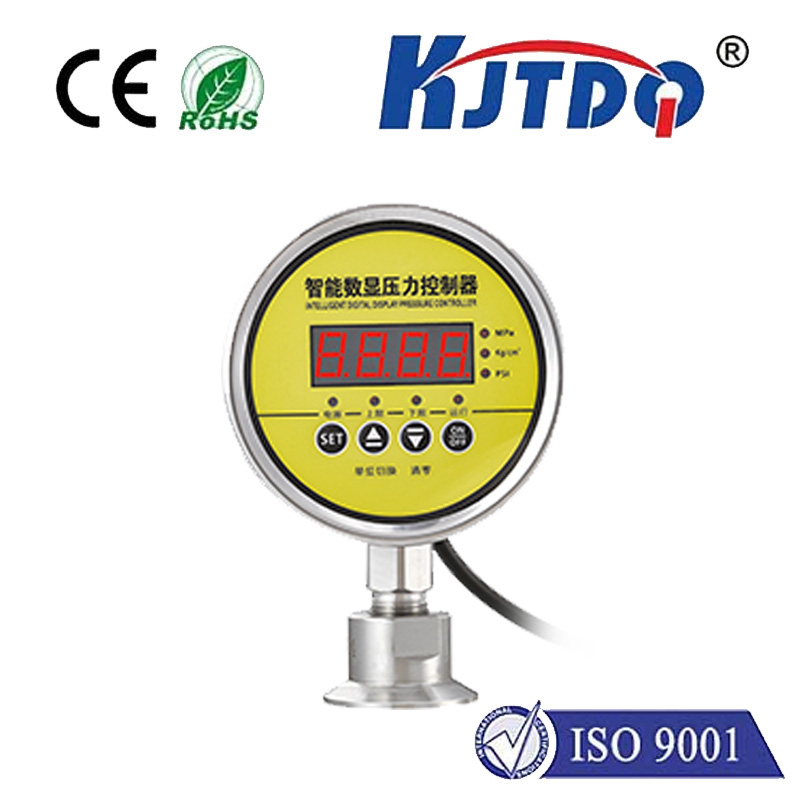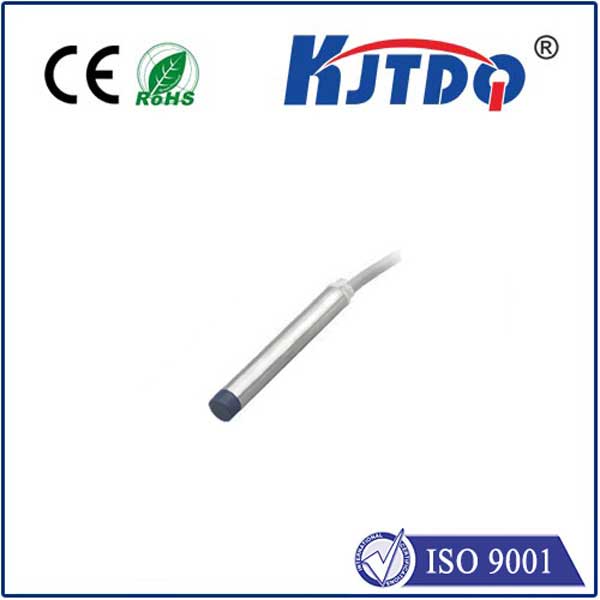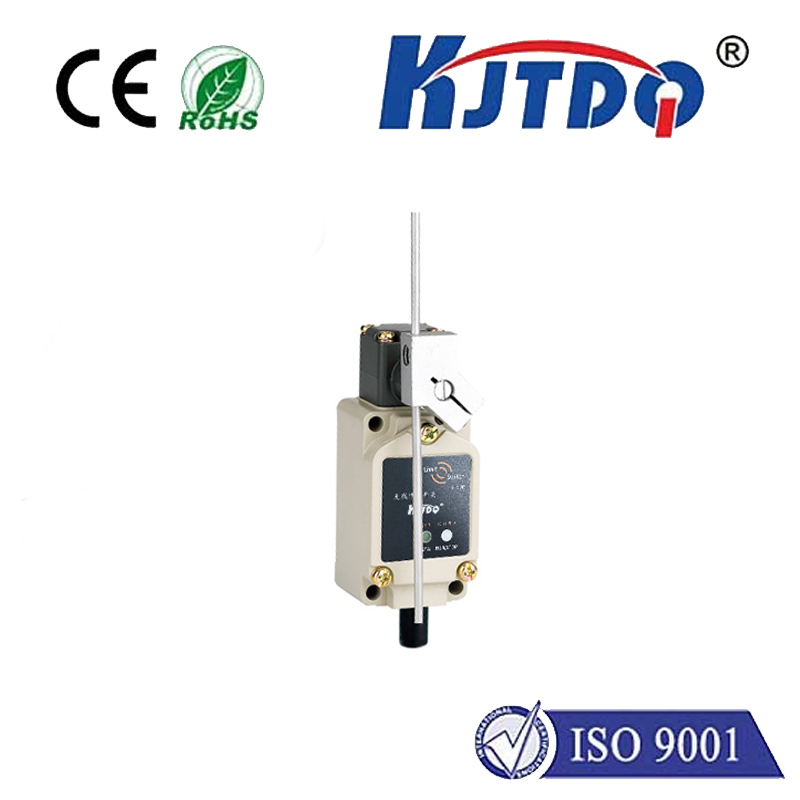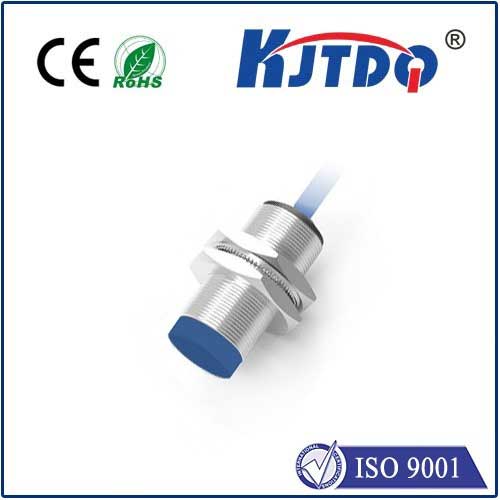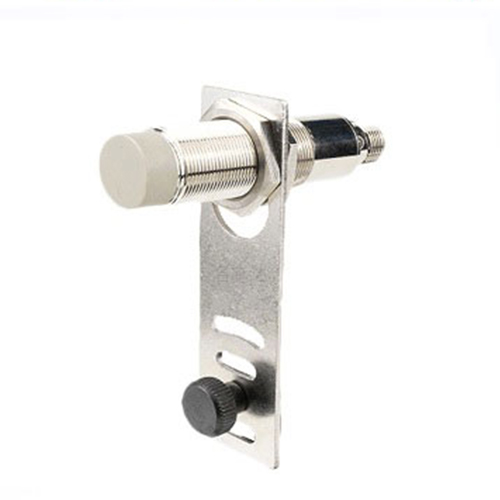temp gauge sensor
- time:2025-08-23 01:05:21
- Click:0
Temp Gauge Sensor: Your Engine’s Silent Guardian Against Overheating
That little needle hovering in the middle of your dashboard’s temperature gauge – it’s easy to take it for granted. But behind that simple display lies a critical component working tirelessly to prevent catastrophic engine damage: the temp gauge sensor, often more accurately called the coolant temperature sensor (CTS) or engine coolant temperature (ECT) sensor. This unassuming device is far more than just an informant; it’s a key player in your engine’s complex management system. Understanding its function and recognizing signs of trouble is essential for every vehicle owner.
The Unsung Hero: What is a Temp Gauge Sensor?
At its core, the temperature gauge sensor is a type of thermistor. Essentially, it’s a resistor whose electrical resistance changes dramatically with temperature, specifically the temperature of the engine coolant circulating around it. Usually threaded directly into the engine block or cylinder head, often near the thermostat housing or on the radiator, it lives immersed in the coolant flow.
Its primary job is dual-purpose:

- Providing Dashboard Information: It sends a variable electrical signal to the temperature gauge or warning light on your instrument cluster, giving you a visual indication (whether analog or digital) of your engine’s operating temperature. This is the “gauge” function most drivers are familiar with.
- Feeding Critical Data to the ECU: More importantly, the coolant temp sensor transmits real-time temperature data to the engine control unit (ECU) or powertrain control module (PCM). This data is absolutely vital for the computer to manage essential functions.
Why the Temp Sensor is Mission Critical for Engine Management
The ECU relies heavily on accurate coolant temperature readings to make split-second decisions affecting performance, efficiency, and emissions:
- Fuel Mixture Control: A cold engine requires a richer fuel mixture (more fuel) for smooth operation, while a warm engine needs a leaner mixture. The ECT sensor tells the ECU exactly how much to adjust the fuel injector pulse width.
- Ignition Timing: Optimal spark timing varies significantly with engine temperature. The sensor data allows the ECU to advance or retard ignition timing for maximum power and efficiency while preventing harmful knock.
- Idle Speed Control: During warm-up, the ECU commands a higher idle speed. As the engine reaches operating temperature, informed by the temperature gauge sensor, the idle speed gradually decreases.
- Cooling Fan Operation: In many vehicles, the ECU uses the coolant temp signal to determine when to trigger the electric radiator cooling fans, ensuring efficient heat dissipation.
- Emissions Systems: Numerous emissions controls, like the Exhaust Gas Recirculation (EGR) system and evaporative emissions (EVAP) system, only activate once the engine reaches a specific operating temperature. The sensor signals when conditions are right.
- Transmission Shifting: Modern automatic transmissions often use engine temperature data to adjust shift patterns, especially during warm-up for smoother operation and protection.
Recognizing the Warning Signs: Symptoms of a Failing Temp Sensor
Because this small sensor plays such a pivotal role, failure can lead to a cascade of problems. Key symptoms to watch for include:
- Inaccurate or Non-Functional Temperature Gauge: This is the most obvious sign. Your gauge might perpetually read cold, constantly read hot (even when the engine isn’t), fluctuate erratically, or not move at all. Never ignore a gauge stuck on hot – pull over safely immediately.
- Poor Fuel Economy (MPG): A faulty coolant temp sensor sending an incorrect “cold” signal can trick the ECU into enriching the fuel mixture unnecessarily, leading to significantly worse gas mileage.
- Rough Idling or Stalling: Incorrect temperature readings can cause the ECU to miscalculate fuel delivery and idle speed, resulting in a shaky idle, surging RPMs, or even engine stalling, particularly when cold.
- Engine Overheating (Without Warning): If the sensor fails and stops signaling high temperature, the dashboard gauge might not show the problem, and the ECU might not trigger the cooling fans. This is extremely dangerous.
- Difficulty Starting: A sensor reading incorrectly high might prevent necessary fuel enrichment when the engine is actually cold, making it hard to start, especially in chilly weather. Conversely, a sensor stuck reading cold could flood the engine.
- Black Smoke from Exhaust: Caused by an overly rich fuel mixture, often stemming from the ECU thinking the engine is colder than it is.
- Illuminated Check Engine Light (CEL): A malfunctioning temp gauge sensor will typically trigger diagnostic trouble codes (DTCs) like P0115 (Circuit Malfunction), P0117 (Low Input), P0118 (High Input), or P0128 (Coolant Thermostat Malfunction - often related to slow warm-up potentially caused by the sensor), turning on the CEL.
Testing and Replacement: Maintaining Your Engine’s Thermometer
Diagnosing a suspect temperature sensor usually involves:
- Scan Tool: Reading ECU trouble codes is the first step.
- Visual Inspection: Checking the sensor and wiring harness for obvious damage, corrosion, or coolant leakage.
- Resistance Check: Using a multimeter to measure the sensor’s resistance at different temperatures and comparing it to the manufacturer’s specifications.
- Voltage Signal Check: Probing the signal wire with the engine running (or key on) to see if the voltage changes appropriately with temperature.
Replacement is generally straightforward if the sensor is accessible, but location varies significantly by vehicle. Crucial considerations include:
- Draining Coolant: Usually necessary to prevent a large spill when removing the sensor. Proper coolant level must be restored after replacement.
- Thread Sealing: New sensors often require thread sealant or a specific gasket to prevent leaks.
- Proper Torque: Overtightening can crack the sensor or the engine housing.
- Sensor Specification: Using the correct OEM or high-quality aftermarket sensor designed for your specific engine is critical.
Don’t Underestimate the Tiny Sensor
The temp gauge sensor is a perfect example of a small component with a massive responsibility. While its dashboard readout provides peace of mind, its behind-the-scenes role in engine management is indispensable for performance, fuel efficiency, emissions compliance, and, most crucially, preventing expensive engine damage from overheating. Ignoring its symptoms is never wise. Pay attention to your temperature gauge, be aware of the other signs of sensor failure, and address any issues promptly. Keeping this silent guardian functioning correctly is a fundamental aspect of preventive maintenance and ensures your engine runs smoothly and reliably for miles to come.













